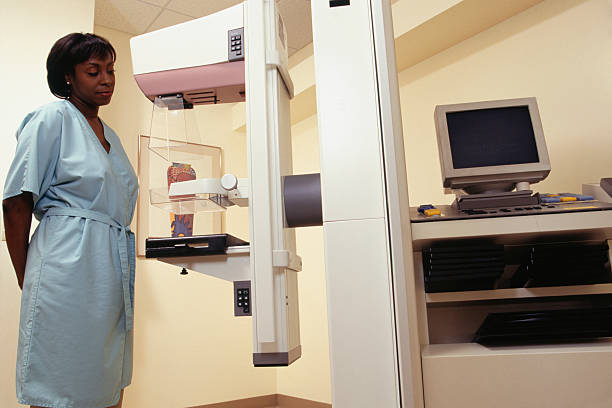
Black women have some interesting information to bear in mind when it comes to breast cancer. While they are at a higher risk for the condition and are more likely to develop more progressive types of breast cancer, Black women often aren’t diagnosed as quickly as they should be. That’s why getting a mammogram is important and you shouldn’t let the myths that are out there stop you.
1. The Mammograms Are Too Painful To Manage
To get an accurate picture of your breast tissue, the machine will have to compress the breast. It typically sounds and looks more painful than it is. In fact, most people only report a temporary discomfort that they found to be bearable.
Of course, everyone’s pain threshold is different so if you’ve never had one, it might help to ask your doctor what you can do to minimize pain during the exam.
2. You Might Get Cancer From The Radiation Level
This myth has persisted for some time though there’s no evidence that the radiation from getting a mammogram can increase anyone’s risk of cancer. The truth is that the procedure uses such low radiation levels, it’s in line with receiving an X-ray.
Even better, the radiation exposure gets lower and lower as the technology improves. There’s very little to be worried about from radiation.
3. One Normal Mammogram Is Enough
A lot can change in a year and that’s why doctors recommend an annual mammogram. Even if you get a normal result one year, it doesn’t mean that you’re exempt from having another mammogram in the following year.
When you have regular tests, it’s also easier for your doctor to compare how your breast tissue changes over time. That makes it possible to determine if something of concern is happening.
4. Mammograms Aren’t Helpful For Detecting Breast Cancer
Of all the myths on this list, this one tends to be more pervasive. It’s true that a mammogram can give a false positive or miss something in 20% of the cases but the number decreases with each procedure you do. Additionally, the technology used for conducting mammograms








